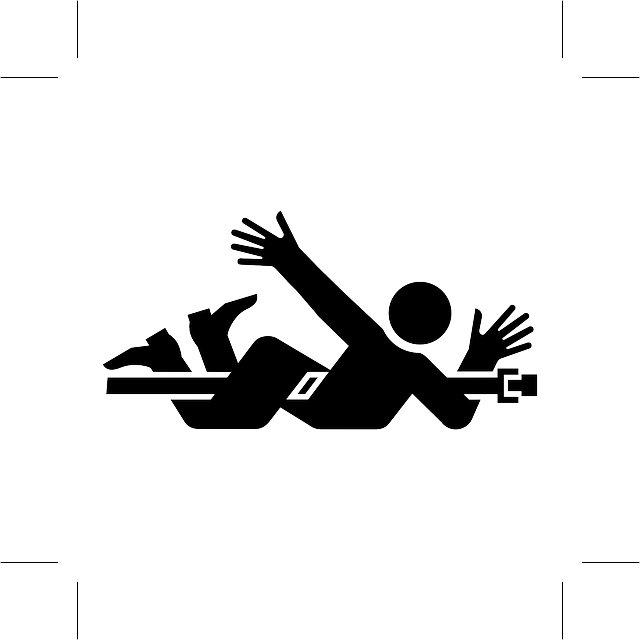Misdiagnosis malpractice lawsuits arise from healthcare providers' failures to accurately diagnose patients, leading to severe consequences and significant financial impacts on institutions. Misdiagnosis lawyers rely heavily on documentation, using well-organized medical records to fact-find and demonstrate negligence in cases like slip and fall injuries or partnership disputes. Accurate documentation is essential for developing compelling strategies and securing justice, while effective communication with patients helps prevent and defend against misdiagnosis claims.
In the intricate world of medical malpractice, misdiagnosis lawsuits carry significant weight. When a patient’s health is negatively impacted due to an incorrect diagnosis, legal repercussions ensue. This article explores the intricate details of misdiagnosis malpractice suits, delving into the critical importance of documentation. From understanding the legal framework to employing strategies for robust record-keeping, effective documentation serves as a shield and a sword. For patients seeking justice and healthcare providers aiming to protect their practices, mastering these aspects is paramount, guiding them through complex legal landscapes with expert insight from misdiagnosis lawyers.
- Understanding Misdiagnosis Malpractice Lawsuits: A Deep Dive
- The Crucial Role of Documentation in Legal Proceedings
- Strategies for Effective Documentation to Prevent and Defend Against Misdiagnosis Claims
Understanding Misdiagnosis Malpractice Lawsuits: A Deep Dive

Misdiagnosis malpractice lawsuits are complex legal battles that arise when a healthcare provider fails to accurately diagnose a patient’s condition or disease. This can have severe consequences, leading to prolonged suffering, unnecessary procedures, or even tragic outcomes. Such cases often involve medical negligence and require a thorough understanding of both medical practices and legal precedents.
A misdiagnosis lawyer plays a pivotal role in navigating these intricate matters. They delve into the specifics of each case, examining medical records, consulting with experts, and gathering evidence to support their client’s claim. In many instances, these lawsuits result from errors in diagnosis, treatment recommendations, or even a failure to refer patients to specialists when necessary. A car accident attorney or caregiver abuse legal expert may collaborate with misdiagnosis lawyers to ensure comprehensive representation, as the implications can extend beyond individual health to matters of public safety and elder care. Commercial disputes related to medical malpractice, including misdiagnosis, can have far-reaching financial impacts on healthcare institutions.
The Crucial Role of Documentation in Legal Proceedings

In legal proceedings involving misdiagnosis malpractice lawsuits, documentation plays a pivotal role. As a misdiagnosis lawyer navigates through complex cases, well-organized and comprehensive medical records become invaluable assets. These documents not only help establish the facts but also provide crucial insights into the patient’s history, treatments, and subsequent outcomes. Every detail, from initial symptoms to diagnostic procedures and follow-up care, is scrutinized, ensuring that the truth comes to light.
For instance, in cases of slip and fall injuries or partnership disputes, where medical negligence is suspected, thorough documentation can make the difference between a successful claim and an unsuccessful one. It enables legal professionals to construct a compelling narrative, demonstrating how inadequate record-keeping or errors in documentation directly contributed to adverse outcomes. Understanding the interplay between accurate documentation and legal strategy is essential for securing just compensation for victims of medical malpractice.
Strategies for Effective Documentation to Prevent and Defend Against Misdiagnosis Claims

Effective documentation is a robust strategy to prevent and defend against misdiagnosis claims, serving as a crucial shield for healthcare providers and misdiagnosis lawyers. Comprehensive medical records, including detailed patient histories, examination findings, and diagnostic procedures, are essential in establishing the standard of care. This meticulous documentation allows professionals to demonstrate their adherence to industry protocols, which is pivotal when facing malpractice suits.
Additionally, clear communication between healthcare teams and patients is vital. Educating patients about their conditions and involved procedures, as well as obtaining informed consent, creates a robust defense against misdiagnosis allegations. In the event of insurance disputes or even car accident injuries, where medical opinions are crucial, solid documentation can help differentiate legitimate misdiagnoses from honest errors in judgment, thereby safeguarding healthcare providers and car accident lawyers alike.
In navigating complex misdiagnosis malpractice lawsuits, comprehensive documentation stands as a steadfast ally for both plaintiffs and defendants. By meticulously recording patient history, diagnostic procedures, and treatment plans, healthcare providers can fortify their defenses and ensure transparent legal proceedings. Embracing these documentation strategies not only safeguards against potential claims but also fosters better patient care, ultimately benefiting everyone involved. When seeking guidance from a misdiagnosis lawyer, thorough documentation is key to achieving just outcomes and upholding medical integrity.






